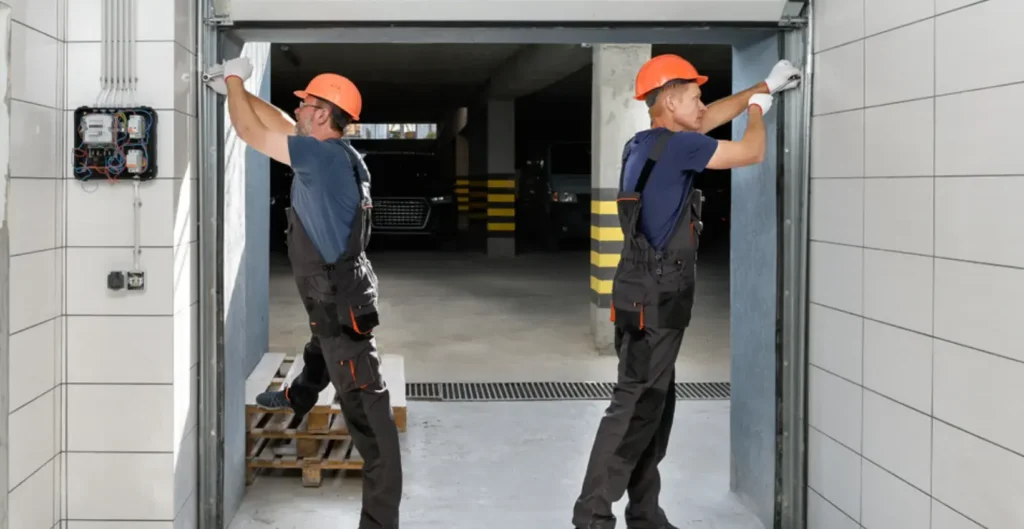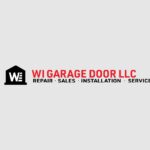Recognizing the early signs of garage door issues is critical in maintaining its integrity and functionality. One of the primary indicators that necessitate professional garage door repair is the emergence of unusual sounds during operation, which could signify misalignment or wear in the track or roller mechanisms. Similarly, if the door exhibits reluctance or inability to open or close completely, it might be due to a malfunctioning opener or compromised spring tension. These symptoms, if not addressed timely, could not only escalate repair costs but also pose safety risks. It’s imperative to ponder the potential outcomes if these warning signs are overlooked.
Common Symptoms of Malfunction
In the field of home maintenance, recognizing the common signs of garage door malfunction is essential for ensuring both safety and functionality. One primary symptom is unusual noises during operation, such as grinding or squeaking, which often indicate issues with rollers or hinges.
Another critical sign is the door refusing to open or close completely, which can be due to misaligned tracks or faulty springs. Additionally, visible sagging sections of the door suggest weakened or broken tension springs.
Frequent stalling or pauses while operating may signal an obstruction in the tracks or an aging motor. Observing these symptoms early allows homeowners to address problems before they escalate, fostering a sense of security and continuity within the community.
Preventive Measures and Maintenance Tips
Recognizing the common signs of garage door malfunction not only promotes safety but also enhances the lifespan of the door through timely interventions. If you notice issues, it’s essential to schedule garage door repair to address problems before they worsen. To prevent issues, regularly inspect and maintain the mechanical and electrical components of your garage door system.
Lubricate moving parts, such as rollers, springs, and hinges, every six months with a silicone-based lubricant to guarantee smooth operation and reduce wear.
Check the balance of the door periodically by disconnecting the opener and manually lifting the door halfway; it should stay in place, indicating proper balance. Tighten any loose bolts and replace worn cables or rollers.
Regularly test the auto-reverse feature of the opener to make sure it reverses when it encounters an obstruction, safeguarding against potential injuries or damage.
Read more:
Why Automatic Garage Door Repair Is Essential for Home Safety

